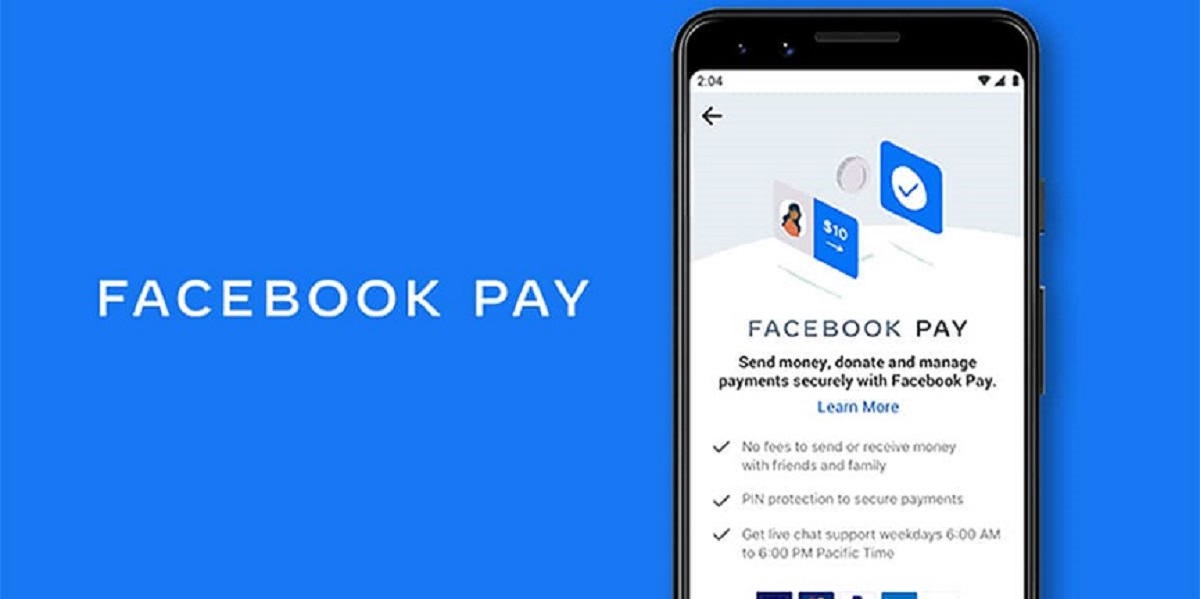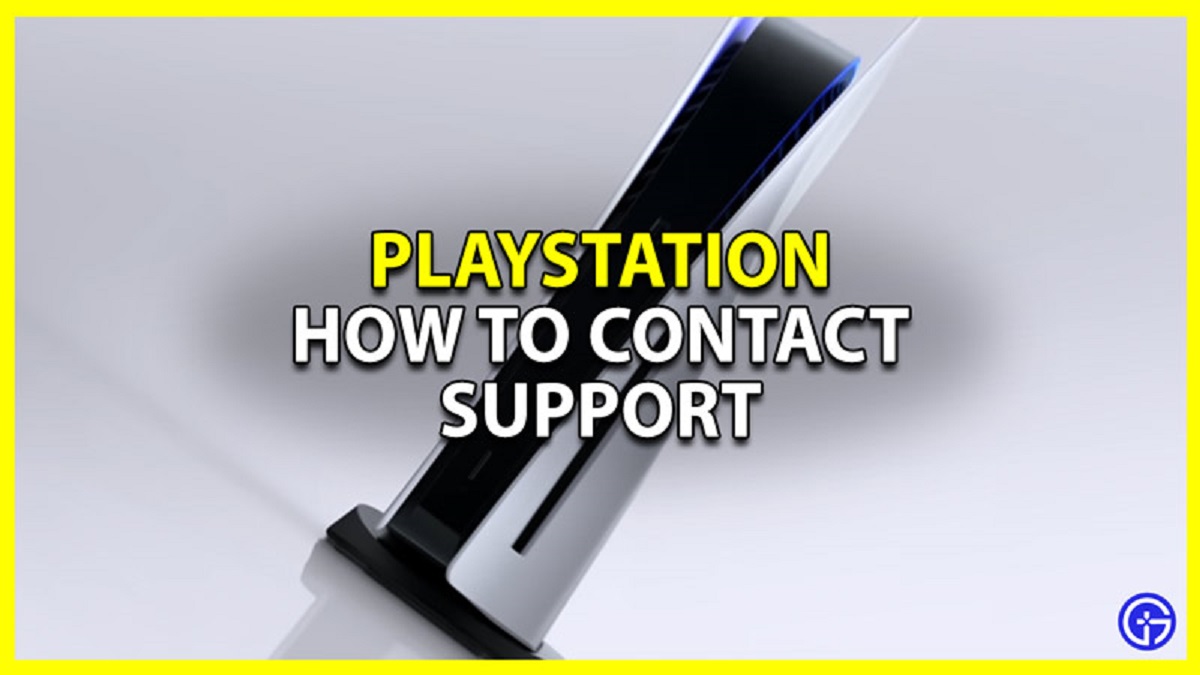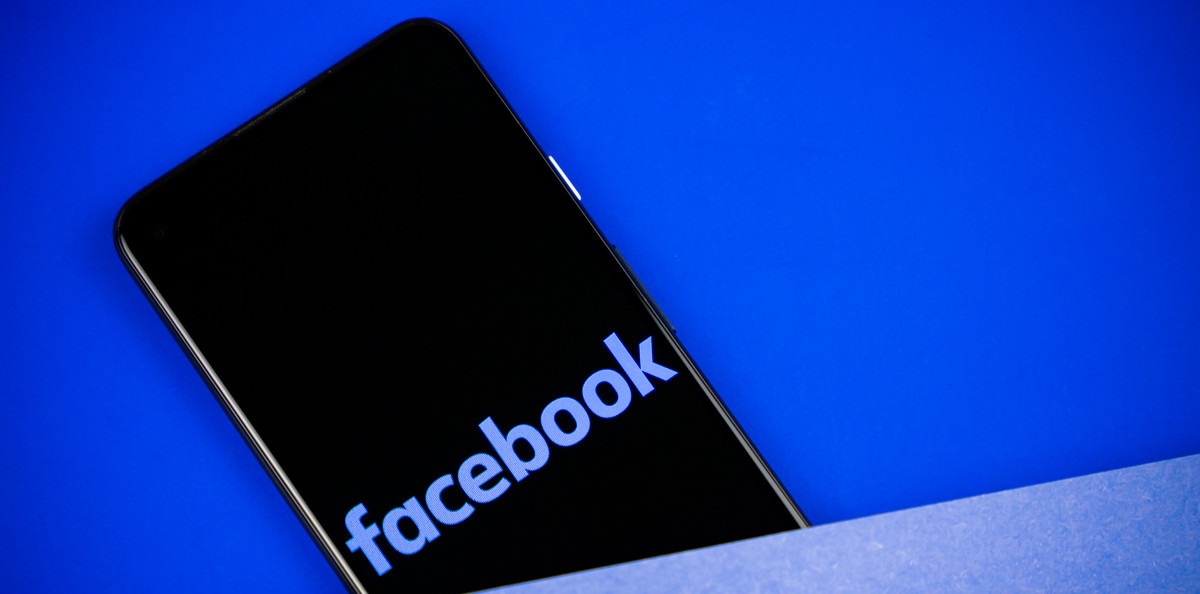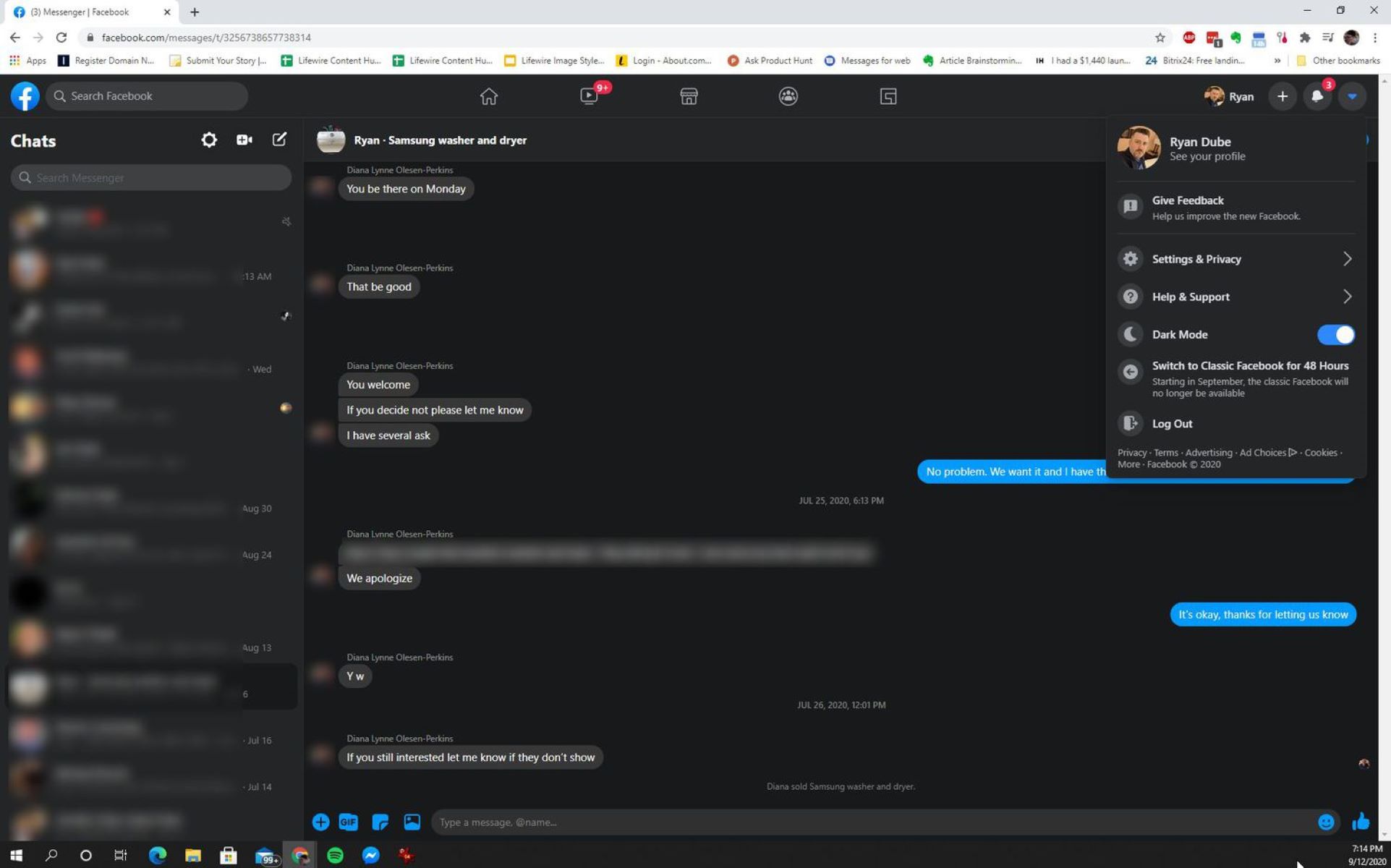Introduction
Welcome to the world of social media! With over billions of users worldwide, Facebook has become one of the most popular platforms for connecting with friends, sharing experiences, and discovering new content. However, there may be times when you need to get in touch with Facebook directly, perhaps to report an issue, seek help, or make an inquiry. But how do you email Facebook?
In this article, we will explore the various ways you can contact Facebook via email and provide you with tips on writing an effective email to ensure your concerns are addressed. Whether you have a question about your account, need assistance with a technical issue, or want to report a policy violation, finding the right contact information and crafting a well-written email can make all the difference in getting a timely and satisfactory response from Facebook.
So, if you’ve been wondering how to email Facebook, you’ve come to the right place. Let’s dive in and discover the different methods you can use to get in touch with the social media giant.
Why Email Facebook?
With a platform as vast as Facebook, you might wonder why you should choose email as your mode of communication with the company. While Facebook offers various support channels, such as chat support and community forums, emailing them directly can have its advantages.
First and foremost, email provides a structured and documented way of communicating your concerns or inquiries. Unlike a live chat conversation, which can sometimes be fleeting and prone to misunderstandings, email allows you to clearly articulate your thoughts and provide relevant details in a written format. This can help ensure that your message is accurately conveyed and understood by the Facebook support team.
Another benefit of emailing Facebook is the ability to provide attachments if necessary. For instance, if you want to report a violation or provide evidence for a certain issue, you can easily attach files or screenshots to support your case. This can enhance the visibility of your problem and increase the chances of it being resolved effectively.
Additionally, emailing Facebook can also provide a sense of accountability. When you send an email, it creates a record of your interaction, allowing you to refer back to it if needed. If there are any discrepancies or misunderstandings along the way, you can always go back to the email thread as evidence of your communication.
Furthermore, email allows you to maintain a written record of your correspondence, making it easier to keep track of any updates or responses from Facebook. This can be particularly helpful if you need to reference previous communications in the future or if you have an ongoing issue that requires multiple interactions.
Overall, while Facebook offers various support channels, emailing them directly can provide a more formal and effective means of communication. It offers advantages such as clear documentation, the ability to attach files, and a sense of accountability. Now that we understand the significance of email, let’s explore how to find Facebook’s email address in the next section.
How Do I Find Facebook’s Email Address?
Now that you’re convinced about the benefits of emailing Facebook, let’s discuss how to find their email address. While Facebook doesn’t provide a publicly available email address for general inquiries, there are still ways to reach out to them.
The first step is to visit the Facebook Help Center, which is the primary resource for getting assistance with Facebook-related issues. In the Help Center, you’ll find a wide range of topics and frequently asked questions that can help address common concerns. However, if you can’t find the specific information you’re looking for, you can navigate to the “Contact Us” section at the bottom of the Help Center page.
Once you’re on the “Contact Us” page, you’ll be presented with a list of common topics and issues. Choose the option that best matches your inquiry or concern. From there, Facebook will provide you with a selection of support options, including chat support, community forums, and the ability to submit a request. Click on the “Submit a Request” option to proceed to the next step.
After clicking on “Submit a Request,” you’ll be directed to a form where you can provide details about your issue. Fill out the required fields, including your name, email address, the category of your request, and a clear description of your problem. Take your time to provide accurate and detailed information to ensure that Facebook understands the nature of your inquiry.
Once you’ve completed the form, click on the “Submit” or “Send” button to send your email to Facebook. Be patient, as it may take some time for Facebook to review and respond to your inquiry. Keep in mind that their response time may vary depending on the nature and complexity of your request.
It’s important to note that Facebook’s email address is not publicly disclosed, as they primarily encourage users to reach out through their support channels mentioned earlier. While some websites or forums may claim to have Facebook’s email address, it’s best to rely on the official channels provided by Facebook itself to ensure that your inquiry reaches the right department.
In the next section, we’ll delve into the essential aspects of writing an effective email to Facebook to increase the likelihood of receiving a prompt and useful response.
Writing an Email to Facebook
When writing an email to Facebook, it’s important to be clear, concise, and courteous. Keep in mind that your email will be read by a human being, so a polite and respectful tone can go a long way in creating a positive impression.
Start your email with a greeting, addressing the Facebook support team or the specific department you’re contacting. If you’re unsure of whom to address your email to, a simple “Dear Facebook Support Team” will suffice.
In the body of your email, clearly state the purpose of your inquiry or the issue you’re experiencing. Be specific and provide relevant details such as your account information, the steps you’ve taken to troubleshoot the problem, and any error messages you’ve encountered. The more information you can provide, the better equipped Facebook will be to assist you.
Use a polite and professional tone throughout your email. Avoid using harsh or accusatory language, as it may hinder a constructive resolution. Instead, clearly express your concerns or questions and request a prompt response or solution.
If applicable, attach any relevant files or screenshots that can provide additional context or evidence to support your inquiry. This can be particularly helpful if you’re reporting a policy violation, a technical glitch, or any other issue that requires visual documentation.
Finally, end your email with a thank-you note and a closing phrase such as “Thank you for your attention to this matter” or “I appreciate your assistance in resolving this issue.” Provide your contact information and sign off with your name.
Before hitting the send button, take a moment to review your email for any grammatical or spelling errors. Ensure that everything is concise, clear, and respectful. A well-written email will not only make your inquiry more effective but also leave a positive impression on the recipient.
In the next section, we’ll provide some tips to help you write an effective email to Facebook that increases the chances of obtaining a prompt and satisfactory response.
Tips for Writing an Effective Email to Facebook
Writing an effective email to Facebook can significantly increase the likelihood of receiving a prompt and satisfactory response. Here are some tips to help you craft an impactful email:
- Be clear and concise: Clearly state the purpose of your email and provide specific details about your issue or inquiry. Avoid rambling or including unnecessary information that may distract from the main point.
- Use a polite and professional tone: Maintain a respectful and courteous tone throughout your email. Avoid using offensive or aggressive language, as it may damage the chances of receiving the desired assistance.
- Include relevant information: Provide relevant details such as your account information, the steps you’ve taken to address the issue, and any error messages you’ve encountered. This will help Facebook understand the context and provide a more accurate response.
- Attach supporting files or screenshots: If applicable, include any relevant attachments that can provide additional information or evidence. This can be useful if you’re reporting a policy violation, a technical problem, or need to provide visual documentation.
- Be patient: Keep in mind that Facebook receives a large volume of inquiries and requests. It may take some time for them to review and respond to your email. Practice patience and avoid sending multiple messages, as it can further delay the resolution process.
- Proofread your email: Before sending, thoroughly proofread your email for any grammatical or spelling errors. A well-written email demonstrates your professionalism and attention to detail.
- Provide contact information: Include your contact information, such as your email address and any relevant account details, so that Facebook can reach out to you if needed.
- Thank them for their assistance: Show appreciation for their attention to your email and express gratitude for their assistance and support in resolving the issue.
By following these tips, you can create an effective email that clearly communicates your concerns, demonstrates professionalism, and increases the chances of receiving a prompt and helpful response from Facebook.
In the next section, we’ll discuss what you should include in your email to Facebook to ensure that your inquiry or concern is effectively conveyed.
What to Include in Your Email
When crafting an email to Facebook, it’s crucial to include the necessary information that will help Facebook understand and address your inquiry or concern. Here are the key elements to include in your email:
- A clear and concise description: Begin your email with a clear and concise description of the issue or inquiry you’re contacting Facebook about. Make sure to communicate your message in a way that is easy to understand and not vague or ambiguous.
- Account information: Include your account information, such as your username, email address, or any relevant details tied to your Facebook account. This will help Facebook identify and locate your account, making it easier for them to assist you.
- Steps taken: Provide a detailed account of the steps you have taken to resolve the issue on your own. This demonstrates to Facebook that you have made an effort to troubleshoot the problem and can potentially help expedite the resolution process.
- Error messages or screenshots: If you’ve encountered any error messages or issues that can be visually captured, include screenshots or descriptions of the error messages. This visual evidence can assist Facebook in understanding the problem and provide more accurate solutions.
- Relevant dates and times: If the issue occurred at a specific date and time, include those details in your email. This helps Facebook investigate and identify any potential system glitches or account-related problems that may have occurred during that period.
- Contact information: Provide your contact information, including your email address and any additional means of contact you prefer. This makes it easier for Facebook to reach out to you for further clarifications or updates regarding your inquiry.
- Additional supporting documents: If you have any supporting documents, such as invoices, receipts, or any other relevant files, attach them to your email. These additional documents can provide context or evidence to strengthen your case or request.
- Polite and respectful language: Ensure your email maintains a polite and professional tone throughout. Use respectful language and avoid using offensive or accusatory tones that may hinder a constructive and positive response from Facebook.
By including these essential elements in your email, you can provide Facebook with the necessary information to understand and address your inquiry effectively.
In the next section, we’ll discuss what you can expect after sending your email to Facebook and explore alternative ways to contact them.
What to Expect After Sending Your Email
After sending your email to Facebook, it’s important to have realistic expectations regarding the response and resolution process. Here’s what you can generally expect:
Response time: Facebook receives a significant volume of emails and requests daily, so the response time can vary. Typically, you can expect to receive a response within several business days. However, complex issues or high-demand periods may result in longer response times. It’s important to be patient and await their reply.
Automatic acknowledgement: Upon sending your email, you may receive an automated acknowledgment from Facebook. This confirmation email serves as a receipt to verify that your message has been received by their system. It may also provide an estimated timeframe for when you can expect a response.
Quality of response: When Facebook responds to your email, they will typically address the issue you raised or provide information related to your inquiry. The response may contain instructions, suggestions, or further questions to help them understand and resolve your concern. Be sure to carefully review their response and follow any instructions provided.
Resolution of the issue: Depending on the complexity of your issue, Facebook will make their best efforts to resolve it in a timely manner. If the issue requires further investigation or technical expertise, it may take additional time to find a resolution. It’s important to cooperate with Facebook’s requests for information or assistance during this process.
Follow-up correspondence: If further communication is required to address your issue, Facebook may continue corresponding with you via email. They may request additional information or provide updates on the status of your case. It’s important to monitor your email for any follow-up messages from Facebook and respond promptly.
Escalation of the issue: In some cases, if your issue is not resolved or you are not satisfied with the response received, you may need to escalate the matter. Facebook may provide avenues for escalating issues or offering alternative contact channels if necessary.
Remember, every situation is unique, and the resolution process can vary depending on the nature of your inquiry or concern. It’s essential to remain patient, cooperative, and proactive in providing any requested information to help facilitate a resolution.
In the next section, we’ll explore alternative ways to contact Facebook in case you need immediate assistance or prefer a different approach.
Alternative Ways to Contact Facebook
While email is a common and effective way to contact Facebook, there are also alternative methods you can consider depending on the urgency or nature of your issue. Here are some alternative ways to reach out to Facebook:
- Facebook Help Center: The Facebook Help Center is a comprehensive resource that provides answers to frequently asked questions and guides on various topics. It’s a great starting point for finding solutions to common issues and understanding Facebook’s features and policies.
- Chat support: Facebook offers chat support for selected topics or issues. In the Facebook Help Center, you may find the option to initiate a chat with a Facebook support representative. This can provide real-time assistance and quick resolution for certain problems.
- Community forums: Facebook’s community forums are platforms where users can interact with each other to discuss common issues, provide suggestions, and seek help. Engaging with the community forums can be beneficial as fellow users may share similar experiences and potentially offer helpful insights or solutions.
- Social media channels: If your concern is related to Facebook’s official social media channels, such as their Facebook or Twitter page, you can try reaching out to them through direct messages or public comments. However, keep in mind that response times on social media platforms may vary, and public communication may not be suitable for sensitive or account-specific matters.
- Reporting features: If you need to report a policy violation, abusive content, or any other concern, Facebook provides dedicated reporting features within the platform. Look for the “Report” or “Flag” options on relevant posts, profiles, or pages to send your report directly to Facebook’s review teams.
- Facebook Business support: If you are a business owner or manage a Facebook Page for your organization, you may have access to specific business support channels. These channels are designed to assist with advertising, page management, and business-related inquiries. Utilize the designated support resources provided to you as a business user.
It’s important to choose the most suitable alternative method depending on your specific needs and the nature of your issue. Keep in mind that response times may vary across these channels, and some options may be more appropriate for certain types of inquiries than others.
Remember, email remains a reliable and widely used method to contact Facebook, especially for more specific or account-related inquiries. Utilize these alternative channels while keeping email as a backup option when necessary.
In the next section, we’ll wrap up the article and summarize the key points discussed.
Conclusion
Contacting Facebook via email can be an effective way to address your inquiries, report issues, or seek assistance. By following the steps outlined in this guide, you can find Facebook’s contact information, write a well-crafted email, and increase your chances of receiving a prompt and satisfactory response.
Remember to be clear and concise in your email, providing relevant details and attaching supporting documents if necessary. Maintain a polite and professional tone throughout your communication, and be patient while waiting for a response from Facebook. Keep in mind that response times may vary depending on the complexity of your issue and the volume of requests they receive.
If you prefer alternative contact methods, consider utilizing resources such as the Facebook Help Center, chat support, community forums, or social media channels. These options may provide immediate assistance or allow you to connect with other users who may have experienced similar issues.
Always provide accurate and detailed information, follow any instructions or requests from Facebook, and be proactive in your communication. This will help facilitate a smoother resolution process and increase the likelihood of resolving your concerns effectively.
Whether you’re looking to report a policy violation, seek assistance with a technical problem, or have a general inquiry, reaching out to Facebook via email or alternative methods can be a valuable way to address your concerns. Utilize all available resources and communication channels to ensure that your issue is adequately conveyed and addressed.
We hope this article has provided you with the information you need to confidently email Facebook and receive the assistance you require. Good luck with your interactions, and may your experience with Facebook be positive and productive!

























